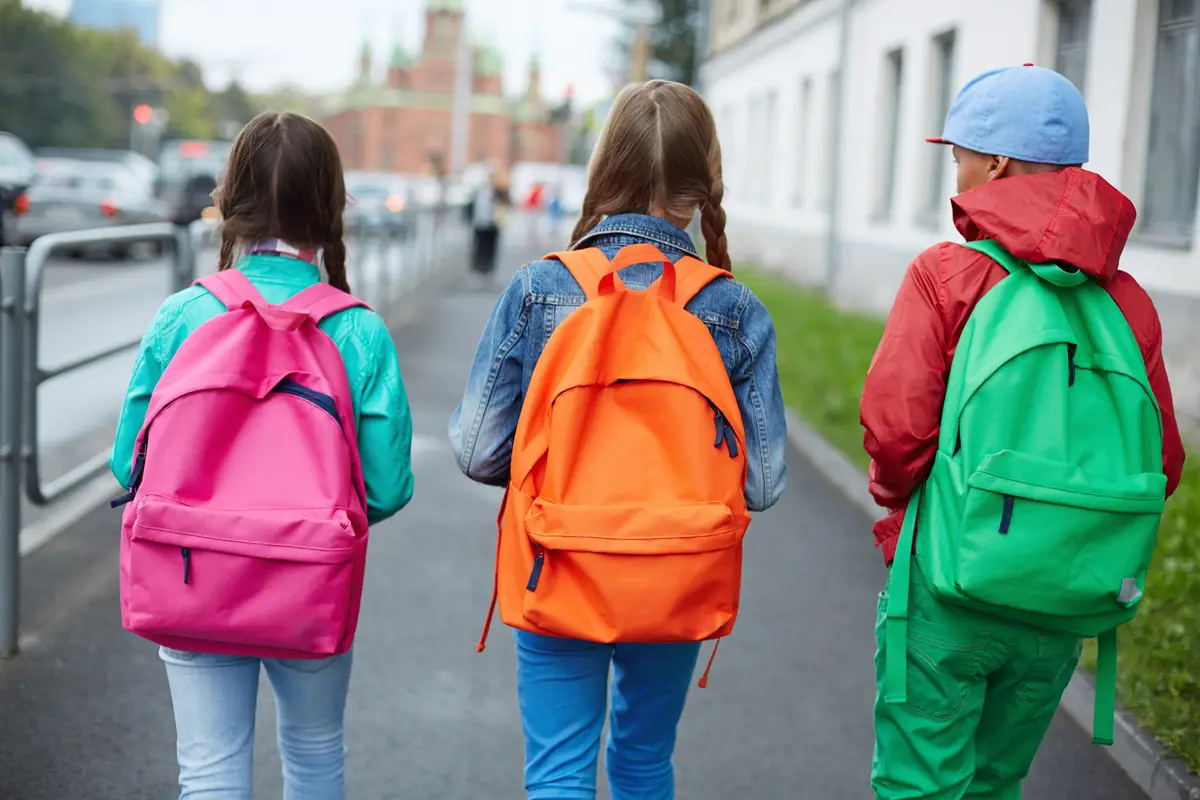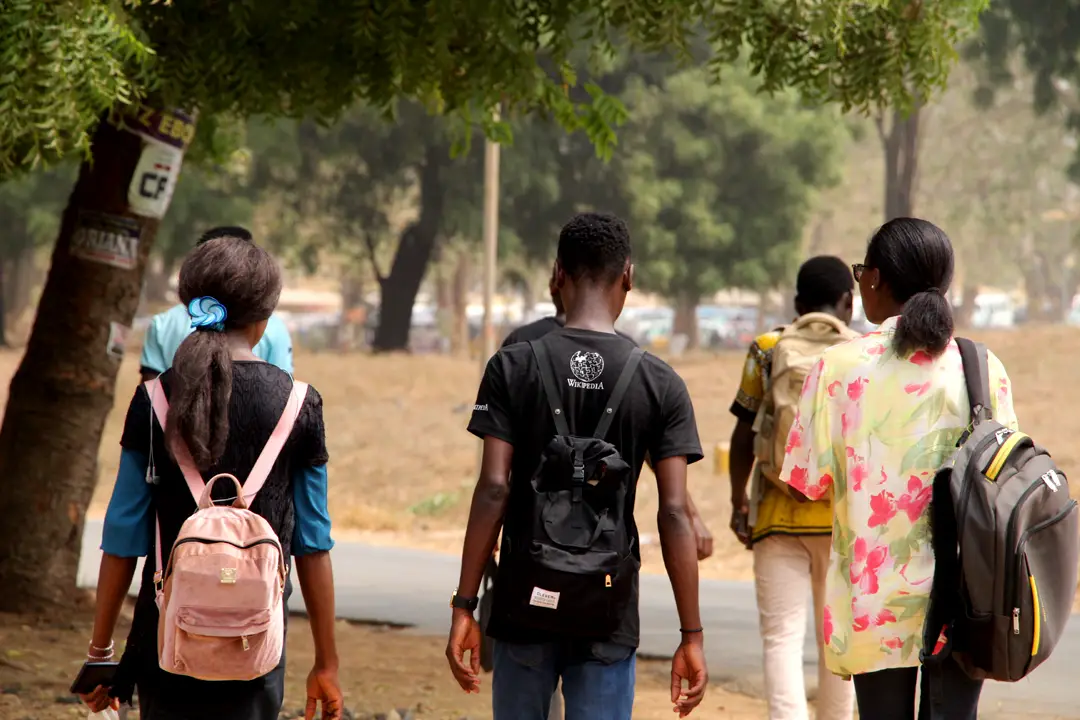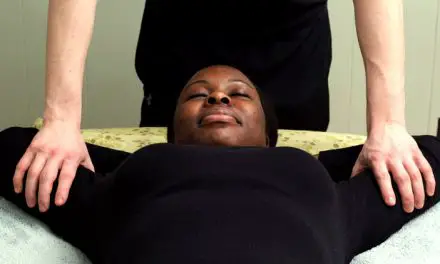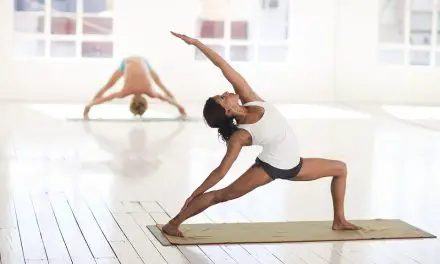You may have seen plenty of ads on social media that tout heavy backpacks as a major cause of back pain or neck pain among children and adolescents, which often is followed by a type of service or product to “fix” or “correct” their posture.
However, parents and therapists must realize that many research in the past 20-plus years fail to find a strong and convincing causation between heavy backpacks and posture with back pain among youths.
A systematic review published in the British Journal of Sports Medicine found “no convincing evidence that aspects of schoolbag use increase the risk of back pain in children and adolescents.”
Led by Dr. Tiê Parma Yamato from The University of Sydney, the team examined 69 qualified studies with a total of more than 72,600 subjects from school-age children to high schoolers. Some of these studies had high to moderate risks of bias due to high due to high attrition rate, mixed testing methods, confounding factors, and poor prognosis.
None of these studies reported how long the students were carrying the bag, how many times they sought back pain care, or how many times they were absent from school.
Most of the studies, which were a mix of cross-sectional studies and case-controls, “did not find an association between schoolbag characteristics and [low back pain],” despite having mixed sample sizes, different measurements in schoolbag weight, and definitions of back pain. Even so, Yamato et al. suggested that the review should be “interpreted with caution.”
“There are few longitudinal cohort studies in children and adolescents in the literature, and in most of these cases identifying risk factors for back pain was not the primary aim,” they reported.
“Consequently, the choice of exposure variables, measurement instruments and timing of data collection are not optimal to reveal causal relationships. These problems may explain why systematic reviews in this field do not have strong conclusions.”
As typical with most good scientific research, their conclusion doesn’t tell us a straight “yes” or “no” about backpack weight causing back pain. Heavy backpacks may be a contributing factor to back pain, but it’s not likely a major one. More data reveals other factors that influence why some kids have back pain.
Even so, we should take a broader look beyond one systematic review because the results are only as good as the quality of the data put in.

Psychosocial factors, such as stress and depression, are higher predictors of low back pain in children and teens than heavy backpacks. Photo: Dmitrii Shironosov
Heavy backpacks and back pain: the bigger picture
Previous reviews also found similar results as Yamato et al. had cited. One major systematic review from 2007 by Prins, Crous, and Louw examined 10 qualified studies with more than 17,000 children and teens on upper body pain (neck, upper back, shoulders).
The highest predictors of who is more likely to get upper body pain are static posture, depression, stress, psychosomatic symptoms, gender, and age, with girls having higher reports of pain than boys, especially those with depression.
In one study of that systematic review, somehow almost all the girls who participated reported weekly of having pain in association with sitting in a static posture while hardly any boys reported any pain.
Other studies included found that those who hunched while working or playing on a laptop for a long time have higher reports of shoulder pain as well as those who sit at school or at home for one to more than four hours.
Although having a kyphotic posture can lead to such pain, it is likely less about the specific posture, and more about being in one position for too long.
Because of the different methods of measurements used in the selected studies, it’s hard to determine how much influence any one posture has upon pain development. “The results of the selected studies should therefore be interpreted with caution,” the Prins et al. wrote, “especially the pain measurements because none of the studies defined the frequency, duration, or intensity of pain in the same manner.
Thus, some studies may have underestimated or exaggerated the link between the risk factors and pain.
They also cited that self-reported pain measurements can be influenced by psychosocial and cultural factors that could vary among different populations of youths. Also, the recall period in the studies vary from a week to 12 months, which tends to reduce accuracy of reporting the longer the time and the increase of age.
Another review by Hill and Keating, published in Journal in Physiotherapy in 2010, examined five qualified papers on the first risk factors that are likely to contribute to chronic low back pain among children.
One of their findings is that spinal asymmetry increased the risk of back pain a year later among girls compared to those with less or no spinal asymmetry.
But when the same group was re-examined eight years later, there was no difference between the groups. Further studies also found that lumbar mobility was not associated with back pain risk.
“Many of the significant associations with future low back pain may have been chance findings,” Hill and Keating reported. “Although 13 risk factors were identified, none was confirmed as significant in an independent study. Four failed to be validated as predictive in a subsequent study, which amplifies the need for validation studies.”
Finally, a team of researchers from Japan and Australia cited earlier evidence that heavy backpacks may increase the risk of back pain.
However, that alone may not reduce back pain because more data shows that 89 percent of backpack injuries did not affect a sample of 247 American children who were admitted to the emergency room for such injuries.
“Eliminating heavy backpacks from children, or even reducing the load they carry therefore, may not be a panacea in reducing overall [back pain] rates,” the researchers wrote.

Factors that influence back pain among teens are not that different than children. Heavy backpacks and posture are still not a reliable predictors. Photo: Haylad
Heavy backpacks, back pain, and teens
There’s no strong evidence your spine curvature and the weight of heavy backpacks are major contributors to back pain among teens and adults. A 2008 Danish systematic review pooled data from 54 studies with more than 20,700 subjects and found “insufficient evidence” between the spinal curves in the sagittal plane and various health problems, such as low back pain, disc herniation, neck and upper back pain, bone mass loss, breathing disorders, fractures, and risk of falls.
Further studies in the last 20 years also found various results:
1. Weak association between kyphosis and non-traumatic shoulder pain at the acromion based on 10 qualified studies.
2. No association of low back pain with the size of the lumbar lordosis, pelvic tilt, leg length discrepancy, and the length of abdominal, hamstring, and iliopsoas muscles are not associated with the occurrence of LBP among 600 young to older adults in Tehran, Iran.
3. A correlation was found between subjects having lower lordotic curve and low back pain vs. those with higher lordotic curve and no pain in a South Korean systematic review of 13 studies where nine of them found such correlation with “statistical significance” while the other four did not.
This only demonstrate correlation, not causation, since they do not know which came first: the pain or the lack of lordotic curve?
4. A systematic review cited six high-quality studies that do not find an association between “awkward occupational postures” and low back pain. If there is any, it would be “weak,” the researchers stated.
While there are some reports that such work postures could cause low back pain, such as prolonged kneeling or squatting, the evidence is conflicting because of the lack of reporting of duration, frequency, and different methods of measurements of posture and back pain.
In fact, one research found that cricket players with abdominal muscle symmetry had higher reportings of back pain than those with higher muscle development on one side of their body, and there is hardly any difference between abdominal muscle development and back pain among a sample of ballet dancers.

Where did the idea of heavy backpacks causes back pain started?
While it may be intuitive to connect the dots between heavy backpacks and back pain when we see or imagine a child hunched forward while walking home, research with larger populations suggest otherwise. However, it did not start as so. One of such earliest research was done in India with six boys between the ages of 9 to 15 that was published in Ergonomics in 1965.
Researchers M.S. Malhotra and J. Sen Gupta from the Defence Institute of Physiology and Allied Sciences gave the students a 6-pound schoolbag to carry, kind of like the one that Paddington Bear carries but with a long strap.
Four of the boys carried the bag and walked with a respiratory in their mouth over a certain distance, and during that four-day experiment, each boy carried the bag in a different way—between the shoulder blades (rucksack), hanging toward the lower back, one strap across the body, and carrying with one hand.
The two other boys carried a Douglas bag that measured oxygen consumption and basal metabolic rate as the other boys walked.
Long story short, they found that the rucksack position is the most energy efficient way to carry and walk and does not “lead to deformity of the body posture…no impediment in movement.” They also mentioned that the worse position to carry is with one hand.
While this preliminary study has plenty of methodological errors, not to mention that the biopsychosocial model of pain had not been developed yet and the gate control theory of pain was as novel as satellites and space travel, it may have fueled further beliefs among clinicians and the public at the time that back pain is biomechanical in nature.
In 2002, British physiotherapist Jenny Wigram wrote in Education and Health that many students blamed heavy schoolbags for their low back pain, in addition to sitting for long hours in a classroom.
Around that time, some clinicians suggested that students should carry between 10 to 15 percent of their body weight, but no more than 20 percent. As we can see in the last 20 years, the evidence is suggesting that back pain among youths is much more than just the back.
While these studies are not perfect, they challenge the common belief that carrying a heavy backpack is a primary cause of back pain.
Even if backpacks do not contribute to the majority of people’s back pain, we should take individual considerations in case we meet clients or patients who believe their pain stems mostly from hauling a heavy bag.
Remember that pain is a subjective experience, a mixture of many different cast members that contribute different amounts of each individual.
For some, it may be mostly physical, and for some, it is more psychological or social. What massage therapists can do for young people is provide quality touch in an environment that “calms down” the nervous system and to provide nurturing care.
Most kids and teens already have enough stress in their lives. They don’t need extra stress that they need to watch their posture. Our young clients and patients deserve better treatment and information.
A native of San Diego for nearly 40 years, Nick Ng is an editor of Massage & Fitness Magazine, an online publication for manual therapists and the public who want to explore the science behind touch, pain, and exercise, and how to apply that in their hands-on practice or daily lives.
An alumni from San Diego State University with a B.A. in Graphic Communications, Nick also completed his massage therapy training at International Professional School of Bodywork in San Diego in 2014.
When he is not writing or reading, you would likely find him weightlifting at the gym, salsa dancing, or exploring new areas to walk and eat around Southern California.





